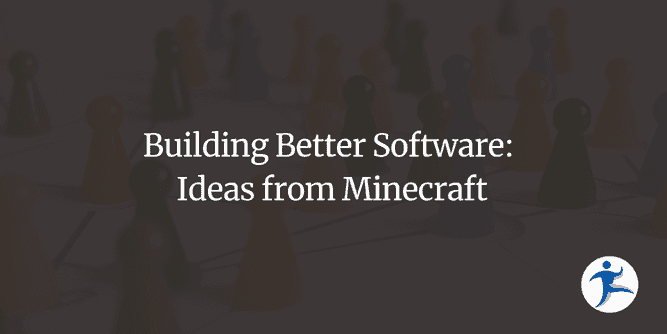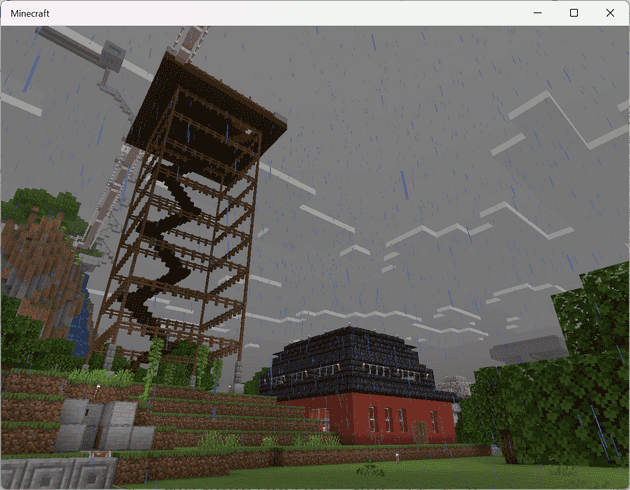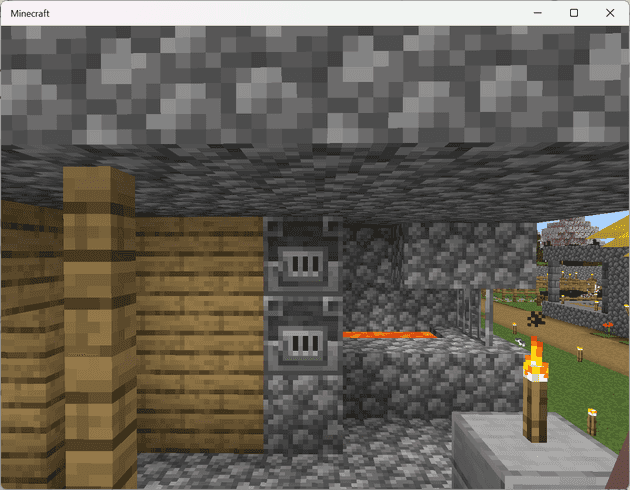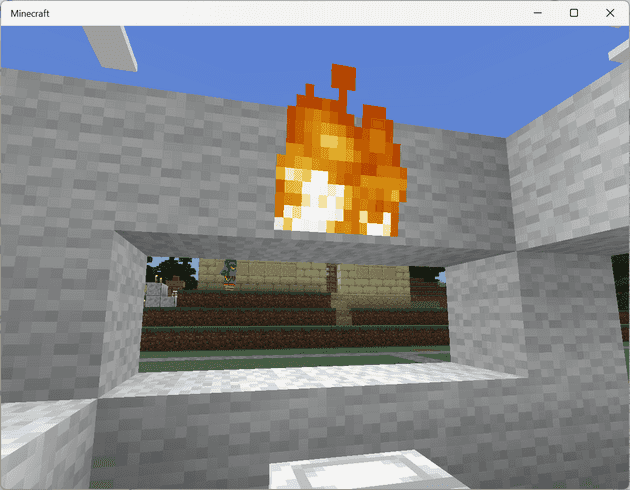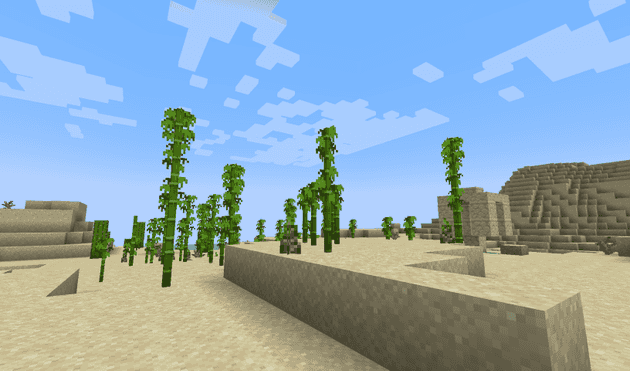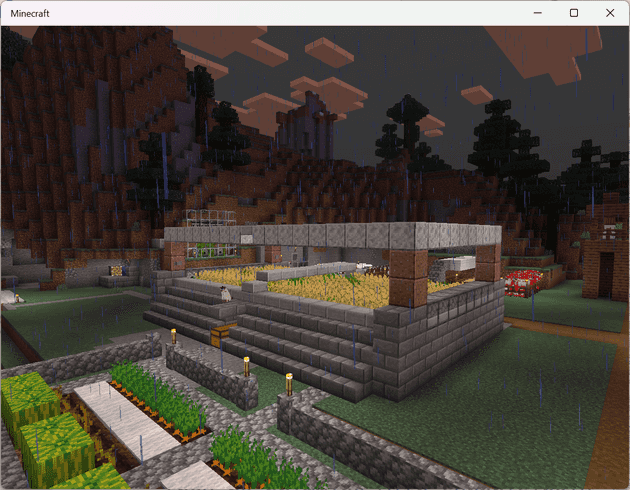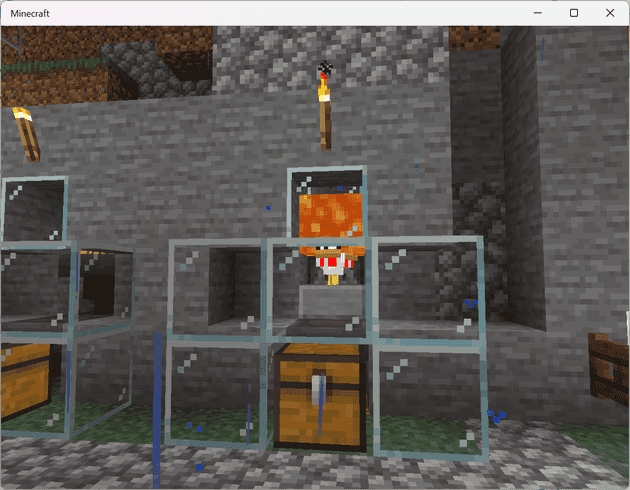Minecraft isn’t just a kids’ game. It’s a surprisingly sophisticated sandbox that’s teaching serious lessons about software architecture. While you might think you’re just building a giant house or a complex redstone contraption, you’re actually grappling with fundamental concepts that developers deal with every day.
I’ve found myself looking at Minecraft projects - from simple shelters to massive, automated farms - and realizing they’re brimming with surprisingly solid architectural principles. Let’s break down some key lessons.
Layered Architecture: Foundation First 🏚️🏠🏡🏘️
Think about a Minecraft base. You want a good foundation before building anything significant. When you do build projects, it’s commonly done in layers or small chunks. Similarly, good software architecture can work well with a layered approach and does best with a solid foundation.
In Minecraft, you are building on multiple layers. At the core is a bedrock layer. Built on top of that is a world of blocks of various types - stone, gravel, clay, dirt, water, lava, and more. Each layer may interact with each other. In this village forge, the lava next to the blast furnaces is held up by a stone base.
With software development, consider the layers in a Clean Architecture application: Core, Infrastructure, UseCases, and some sort of Presentation layer (such as Web or API). Each layer handles a specific responsibility, shielding the layers below from unnecessary details. This promotes separation of concerns and makes changes more localized.
Understand How Components Work Together 🔥
Building a huge structure in Minecraft without considering details could lead to architectural collapses. Flint & steel can create fires on wooden objects and other flammable blocks - like wool blocks. Making a house of flammable blocks may not be wise.
Sand, gravel, and concrete powder blocks will fall if their supporting blocks below them are destroyed. For example if you’re growing bamboo in the desert, the whole bamboo plant falls apart when you destroy the sand block it is growing on.
The same applies to software. Dependency injection, interfaces, and proper design patterns help manage dependencies between components. Knowing how components interact is just as important as what supports are needed for things to work. Uncontrolled dependencies can lead to tight coupling, making changes difficult and error-prone.
Scalability: Building for Growth 🌱🪴🌿
Let’s be real - a small, simple base isn’t going to cut it when you’re building a thriving settlement. Minecraft encourages you to think about scale. You start with a small farm, then build automated systems that grow exponentially. You could start with a small house and build a village with villagers - after all, you can cure the zombie villagers!
In Minecraft, you can automate farms using redstone and expand mining operations with minecarts, chests, and redstone circuits.
Scalable architecture anticipates future growth. This might involve load balancing, caching, database sharding, or designing for asynchronous processing. It’s about building for the potential future, not just the immediate needs.
Debugging ⚙️
Much like general software development, building things in Minecraft may be a bit of trial and error. For example, when we built this chicken contraption, it took a bit to understand the redstone placement and where blocks needed to be placed in order for us to create cooked chicken.
While Minecraft isn’t using breakpoints, debugging builds relies on concepts that we also use in debugging our code.
- Why isn’t this working? 🤔
- What am I missing? 🤷🏻♀️
- Wait… why is it working? 😆 🤦🏻♀️
Conclusion
Minecraft isn’t a replacement for formal software development training, but it’s a surprisingly effective tool for developing intuition about system design. It highlights the importance of understanding the tools, building for scalability, and a focus on managing complexity.
Special thanks to my husband Kevin for spinning up the home Bedrock servers for me to take screenshots for these examples!
Related Links
- Get a discount on our Clean Architecture Course on NimblePros Academy
- Schedule Email Send short that inspired this post
- Minecraft Education - Lessons for students through the magic of Minecraft!

